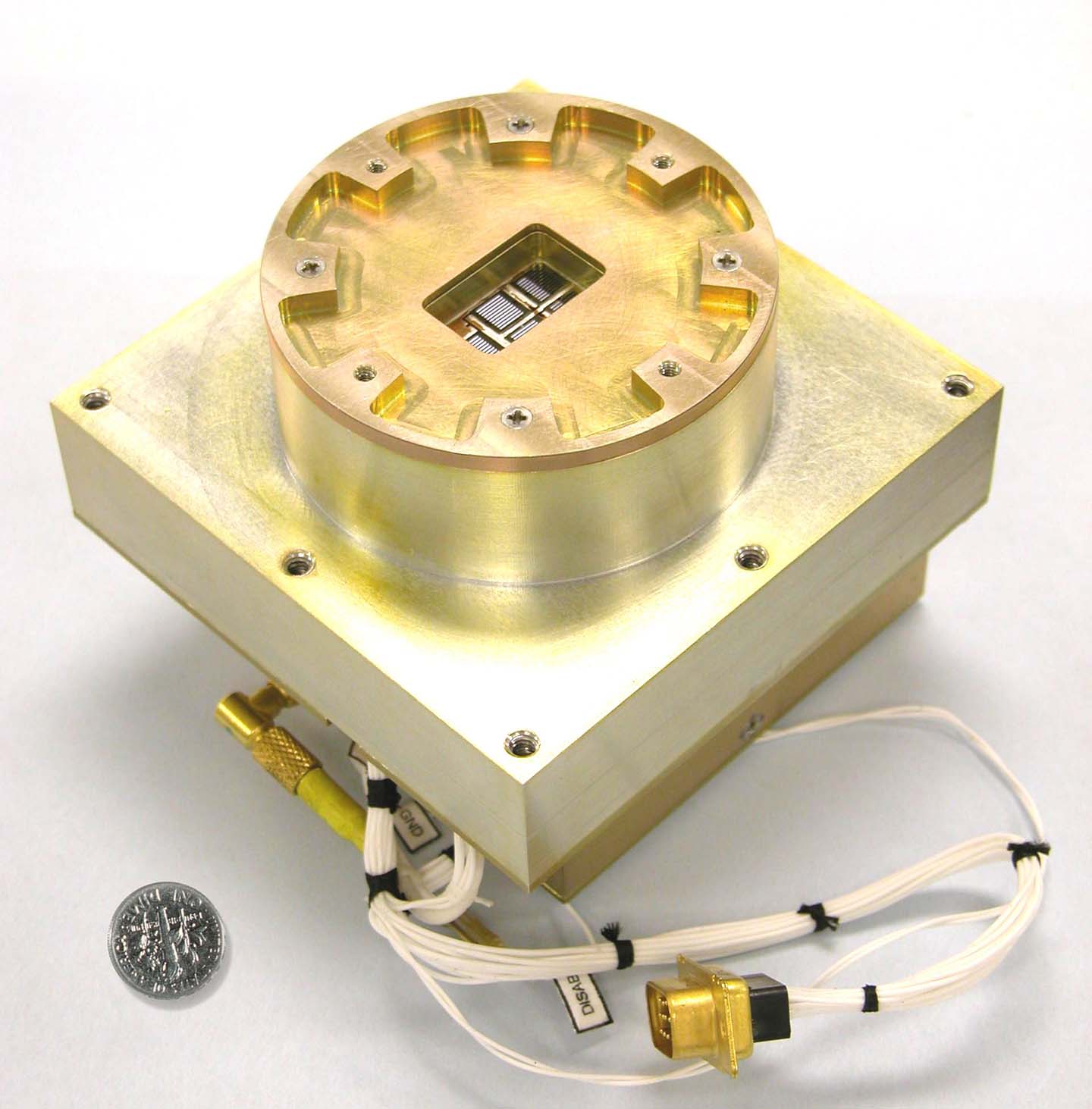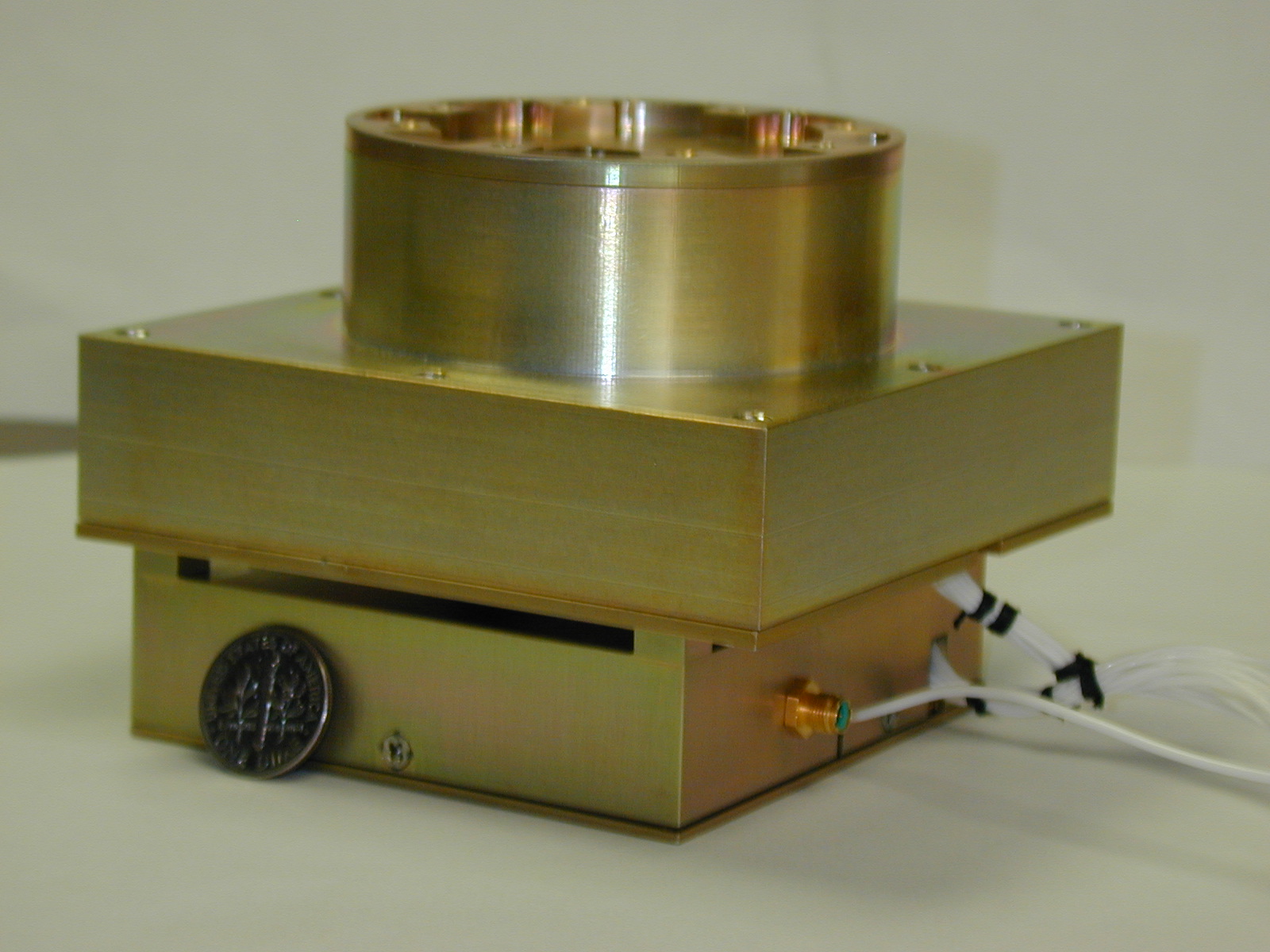Press Release
APL-Built Microscopic Instrument Launched Aboard Air Force Academy Satellite
Aggressive Instrument Miniaturization Technique Aids Satellite Communications
Fri, 03/09/2007 - 10:45
Researchers from The Johns Hopkins University Applied Physics Laboratory (APL), in Laurel, Md., in conjunction with scientists from NASA Goddard Space Flight Center and the U.S. Air Force Academy, have developed a tiny analyzer to study depletions of plasma (known as plasma bubbles) in the ionosphere, a phenomenon that can disrupt satellite communications.
The Flat Plasma Spectrometer (FlaPS) is one of three experimental payloads onboard the Air Force Academy's Falconsat-3 microsatellite that launched last night on an Atlas V from Cape Canaveral Air Force Station, Fla. The six-month mission is demonstrating an improved technology to help the Air Force better understand and forecast plasma bubbles. Conceived by NASA GSFC and the Air Force Academy, and designed and fabricated by APL, FlaPS technology reduces a plasma spectrometer from the size of a coffee urn to that of a teacup.
"We've aggressively miniaturized the instrument by applying manufacturing techniques used in the micro-electronics world to build personal computer components," says Dr. Robert Osiander, APL's principal investigator for the FlaPS program.
Although the instrument isn't unique in terms of its science data, it is unique in terms of its size, which can help reduce overall mission costs. "We've applied MicroElectroMechanical (MEMS) technology to reduce the instrument's size by a factor of 100 while greatly increasing its sensitivity and resolution, and dramatically reducing weight and power requirements compared to conventional spectrometers," says Danielle Wesolek, APL's technical lead for FlaPS.
If you looked at the top of the device through an electron-scanning microscope, you would see a tiny hole smaller than the width of a human hair where particles enter the spectrometer. As particles travel through the electrostatic analyzer, or energy selector, they pass through another opening so small that a human hair or piece of dandruff would block it. The opening leads to a series of tiny parallel plates that deflect the particles toward the exit from this section of the analyzer. Only particles of a selected bandwidth pass through and are collected. Data is then downlinked to science teams on the ground through Falconsat-3's mission operations center located at the Air Force Academy.

